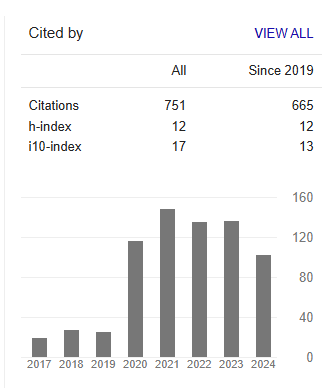Aerosol Measurement in Inpatients and Outpatients with SARS-CoV-2 Infection
Abstract
Anton Landeis, Emily Rose Ume, Timon Lehmkühler, Laura Herrlich, Martin Hutter, Ralf Schubert, Stefan Zielen and Desiree Gutmann
Background: Since the COVID-19 pandemic, research of aerosols and their importance for the transmission of SARS- CoV-2 as well as their role in super-spreading events has intensified. The present study compared healthy controls, outpatients with mild SARS-CoV-2 disease (outpatient group) and severely ill hospitalized patients (inpatient group) to investigate the connection between aerosol production and disease severity.
Methods: For this purpose, the exhaled aerosol concentration of 234 adults (53 outpatients, 61 inpatients and 120 controls) was analyzed in a prospective clinical trial. The study consisted of a clinical examination, spirometry and aerosol measurement using a spectrometer (Resp-Aer-Meter, Palas GmbH, Karlsruhe, Germany).
Results: The outpatients had a milder clinical course, fewer co-morbidities, and a lower age than the inpatient group. The aerosol concentration of the groups differed significantly (p<0.001) from each other (median control 285.5 [14 - 850] n/l; outpatient group 413 [18 - 7355] n/l and inpatient group 1353 [46 – 27779] n/l). The increase of aerosols was primarily observed in the size range from 0.1 to 0.52 μm. Lung function differed significantly (p < 0.001) between the groups (median FEV1; control group 87.6 [57.1 - 149.3], outpatient group 85.3 [50.3 - 117.6] % and inpatient group 59.7 [16.0 – 112.3] %).
In this study, two super-emitters (3.8%) with very high aerosol exhalation (> 5000 n/l) could be identified among outpatients, whereas 15.6% of the inpatients were super-emitters.
Conclusion: Aerosol measurement using the Resp-Aer-Meter is not suitable for detecting SARS-CoV-2 infections. However, it could provide valuable information about super-emitters and may be used to support prevention and control measures in the community.



